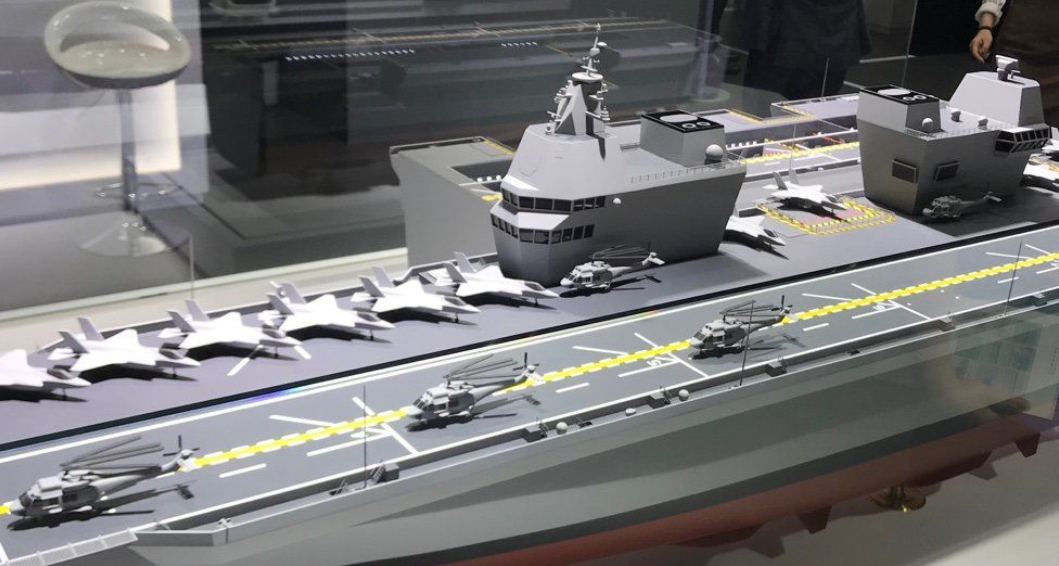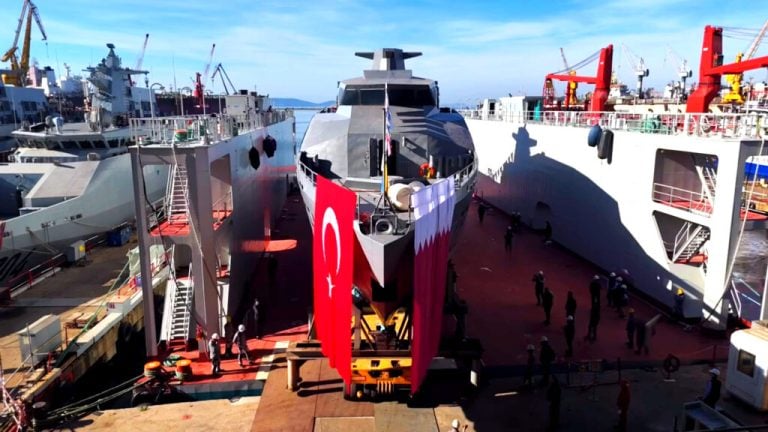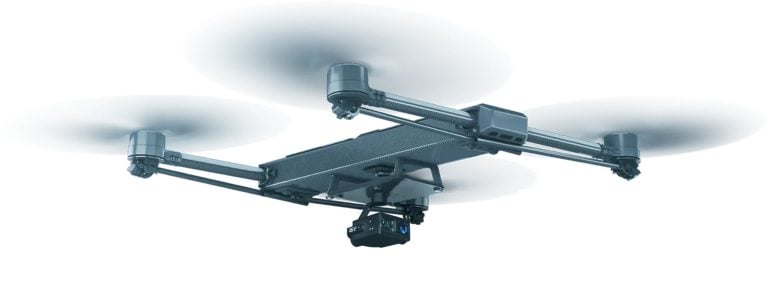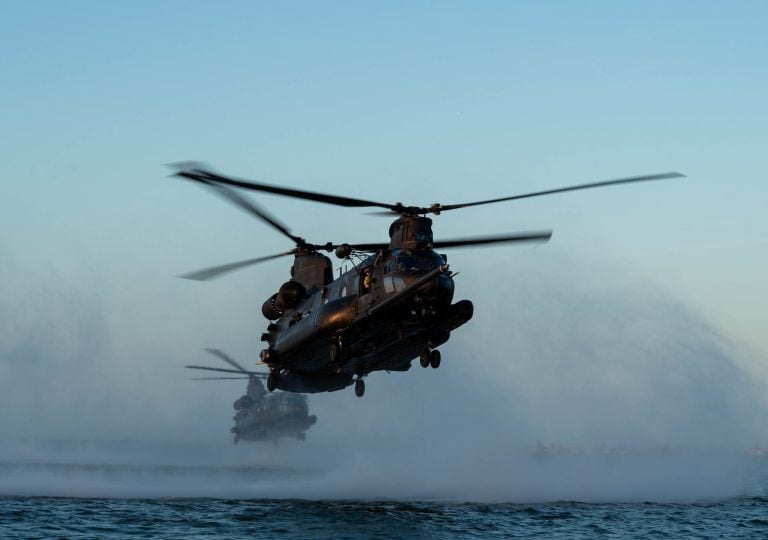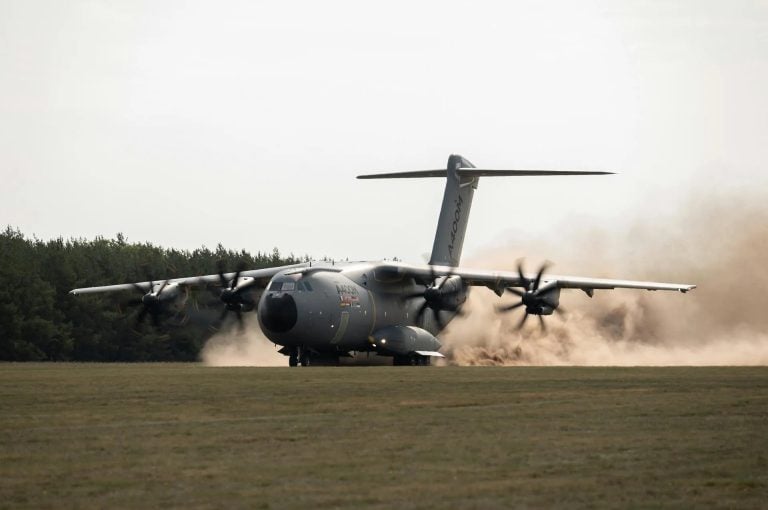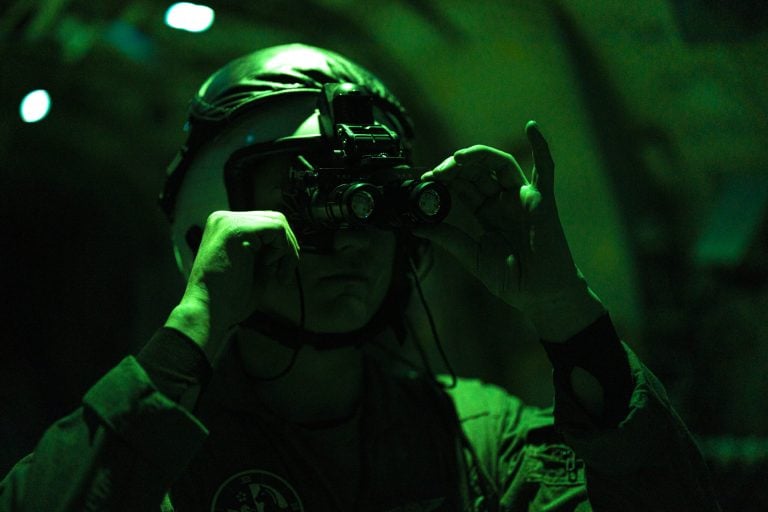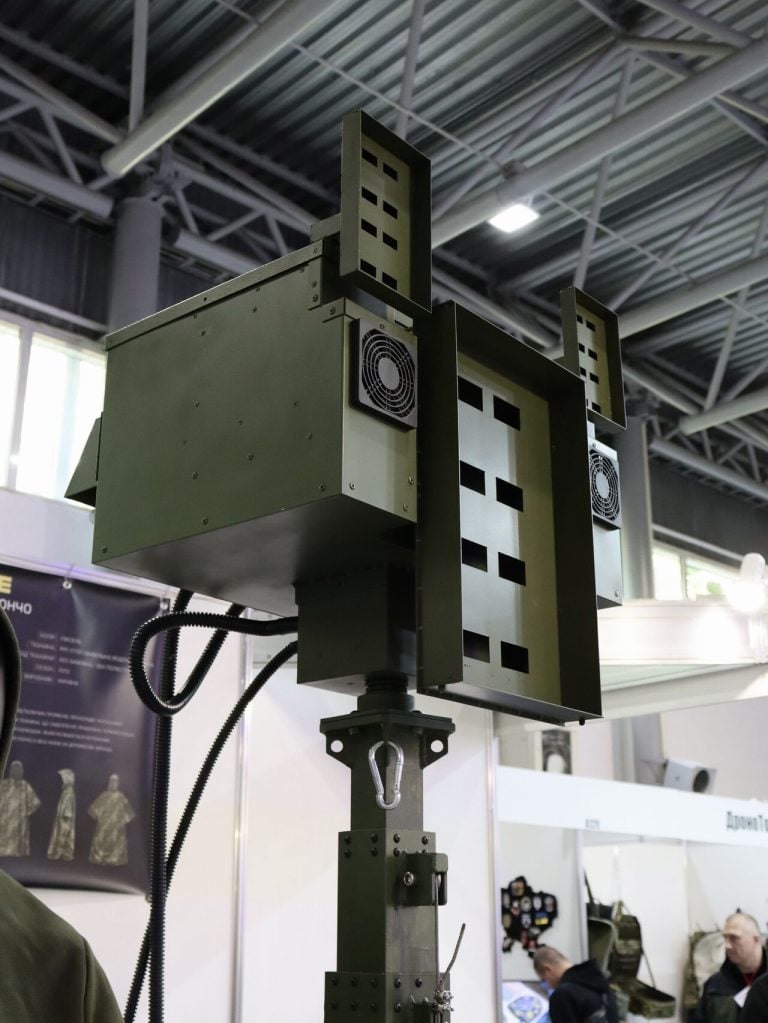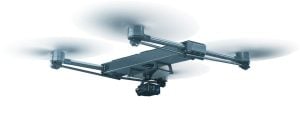In a significant shift in its naval strategy, South Korea has announced plans to develop a multi-purpose command ship, moving away from the previously proposed light aircraft carrier armed with F-35B jets. The country’s defense ministry has effectively canceled the Multipurpose Large Transport Ship-II project, initiating the creation of the Multipurpose Manned and Unmanned Force Command Ship Program.
This new command ship is set to enhance the Republic of Korea Navy’s capabilities in an increasingly UAV-centric global defense environment. While it will share similar dimensions and displacement tonnage with the canceled aircraft carrier, the new vessel will focus on integrating advanced drone technology. Instead of accommodating supersonic stealth fighters, the ship will be outfitted with a variety of combat, surveillance, reconnaissance, and self-destruct drones. Additionally, it will feature manned aircraft, including landing and attack helicopters.
One of the key financial implications of this change is the anticipated reduction in the project’s budget. Initially set at approximately 7 trillion won (around $4.9 billion), the new plan is expected to cost significantly less as the focus shifts.
The conceptual and design development of the new command ship will be managed by HD Hyundai Heavy Industries. The company has already partnered with the navy to design an AI-equipped unmanned surface vehicle capable of carrying drones for various missions, including reconnaissance and close-range combat.
Moreover, the navy’s push for enhanced UAV capabilities has been underscored by a recent procurement of 200 Warmate man-portable kamikaze drones from Poland, amounting to $52 million. These high-explosive drones, produced by WB Electronics, are designed to engage larger targets with pinpoint accuracy, making them effective against armored vehicles.
As South Korea pivots towards an integrated manned-unmanned fleet, this new command ship is poised to become a cornerstone of the nation’s future naval operations, reflecting a broader global trend towards drone-centric military strategies.
